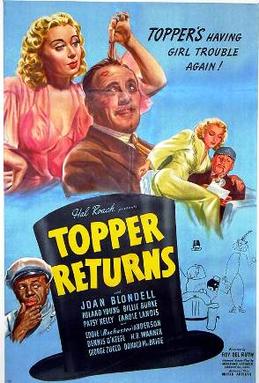 |
| Bette Davis, Joan Blondell, and Ann Dvorak in Three on a Match |
This crisply directed and tightly edited Warner Bros. crime movie is almost too snugly put together. It runs for only a little over an hour and still manages to tell a pretty complex story that spans the years from 1919 to 1932 in the lives of three women as they grow from schoolgirls to adults. The "bad girl," Mary Keaton, is first played by Virginia Davis as a tomboy showing off her black bloomers on the monkey bars. She barely graduates from elementary school, then spends time in a reformatory before taking a job as a show girl, played by Joan Blondell. The "rich girl," Vivian Revere, played by Anne Shirley under her first screen name, Dawn O'Day, is a bit of a flirt, who confides in the boys that her bloomers are pink, but doesn't show them off. She grows up to be played by Ann Dvorak as a bored socialite married to Robert Kirkwood (Warren William) with whom she has an adorable (read: cloyingly cute) child (Buster Phelps), but runs off with a ne'er-do-well played by Lyle Talbot, who gets in trouble with the mob, headed by Ace (Edward Arnold) and his enforcer, Harve (Humphrey Bogart). The "smart girl," Ruth Westcott, starts out as the class valedictorian (Betty Carse) and goes to business school. Her story, even though she's played by Bette Davis, is the least interesting of the three. In fact, she seems to be there only to make it possible for the three women to light their cigarettes on one match, setting off the supposed curse on the third to catch the flame, who happens to be Mary. The result is that Dvorak, though her career never took off like that of Blondell or Davis, gets the juiciest part in the film and makes the most of it. Of course, Warners didn't know that Davis would become its biggest star, but anyone who decides to watch Three on a Match thinking it's a "Bette Davis movie" is going to be disappointed. Still, there are worse ways to spend an hour than watching formative moments in the careers of stars like Davis -- or for that matter, Bogart, in one of his first gangster roles.





